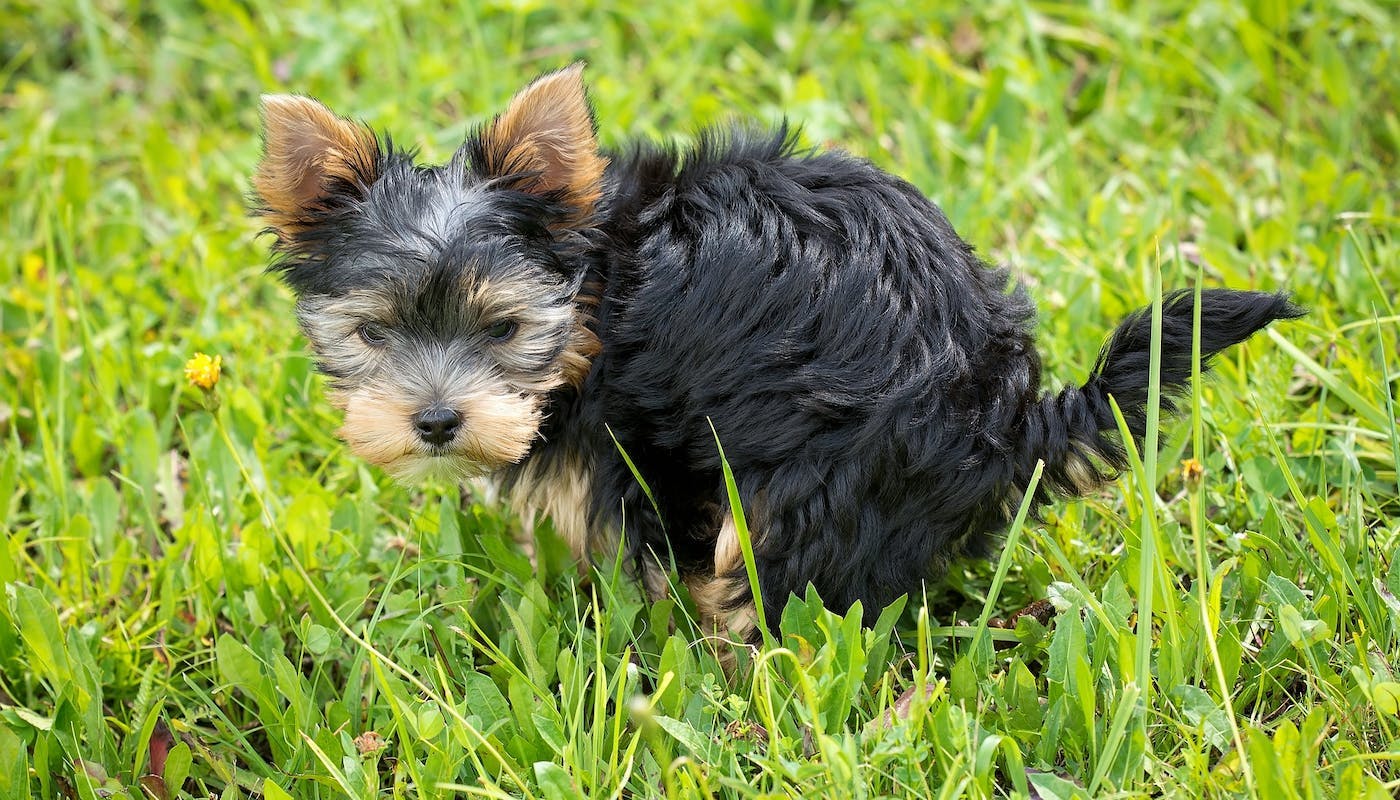5 Signs That Something is Wrong with Your Dog’s Diet
Apocalyptic farts? Green poop? Flaky dandruff? They could all be signs that your dog’s not eating the right foods. But don’t worry. We aren’t shy about tackling your dog’s bottom end! The following article is best read on an empty stomach…
Flatulence
Sure, the odd evening toot is totally normal. In fact, there may be some family members who give your dog their share of the blame. But you’ll know if your dog passes more gas than usual, and you might be wondering if you can improve the situation by changing their diet. Here’s some good news: great food can help to reduce the stinky ones!
One of the main causes of flatulence? People-food. Our leftovers are often high in fats and sugars which can’t be easily digested by our dogs.
Since flatulence is caused by the gasses released during digestion, foods which are hard to digest should also be avoided. That includes things like steamed cauliflower, beans and cabbage – all the usual culprits! Choose a food which is optimized for digestion and add a probiotic supplement like Soothe/products/soothe to support your dog’s gut health.
Odd Poop
Poop is one of the very best indicators of your dog’s health! We’ve said it before and we’ll probably say it again: we should all monitor our dog’s poop daily to stay alert to problems.
Here are some of the problem poops to look out for!
- Unusual objects in the poop. Sometimes dogs crave foods which contain nutrients they’re lacking. So they might munch on grass or rocks if they want extra fiber or they’re just bored. Of course, puppies are prone to munching on any old trash, and you can usually expect a few surprises in their poop 😊
- Diarrhea. This is a pretty obvious one and you’ll probably tune in to it right away – diarrhea is difficult to clean up. If your dog has had uncontrolled episodes of diarrhea, there could be a serious issue. There are two more warning signs: diarrhea which is persistent for longer than 48 hours, and diarrhea accompanied by other symptoms. For many dogs, occasional diarrhea is quite normal. But it can also be a sign of malnutrition.
- Constipation. Dogs suffer from constipation just like people, and you may see them struggling to do their poop. Here, the danger signs are:
(a) Blood in the feces
(b) Low appetite
(c) Remaining constipated for longer than 48 hours
Constipation can be caused by a glandular infection, prostate issues, or foreign objects in the bowels. If your dog is regularly straining, you could consider adding fiber to their diet (natural sources like sweet potato are great).
Dull Fur or Dandruff
Is your pooch’s fur looking dull, or their skin becoming flaky? It could be caused by deficiencies in the food they’re eating. The correct balance of nutrients keeps your dog’s skin supple and their coat shiny.
This one is quite complex to diagnose, and your vet will examine a wide range of factors relating to your dog’s lifestyle and environment. But a brittle, dull coat or flaky skin could mean that your dog needs omega-3 and this is a great first step to see if you can remedy the situation. Choose a food or supplement made with salmon or fish oil to boost your dog’s omega-3 levels.
Note that a dull coat can be a warning about more serious conditions including thyroid disorders or parasites. You should always consult your vet.
Recurring Ear Infections
Did you know that recurring ear infections can be a symptom of a skin or food allergy? It’s surprising but true.
It’s because gut health is closely connected to immune defense and when it’s failing, other functions like skin health also suffer.
Ear infections can be caused by wet ears (dogs who love swimming), grass seeds (dogs who love meadows) or parasites (dogs whose parasite medication has not been maintained).
But if allergies are the suspected cause, your vet can help you to eliminate potential allergens from your dog’s diet (eggs, wheat, and dairy are among the main offenders) and conduct a food trial for 6 weeks. This lets you determine whether your dog’s food has been causing an allergic response. It’s worth checking with your vet before making this big sort of change to your dog’s diet, in case your theory is misdirected.
They’re Overweight… or Underweight
Did you know that your dog should have an hourglass figure? Viewed from above, your dog should have a distinct ‘waist’ where their hind legs meet the body. Another test to see whether your dog is a healthy weight is to feel their ribs. They should be discoverable, but covered in a layer of flesh – not protruding and not invisible.
Overweight dogs can be fed a ‘light’ food, which contains ingredients to make them feel fuller for longer; be strict with the rest of your household about feeding table scraps, which likely contain a lot of salt and fat.
Being underweight is often a symptom of an underlying issue and requires veterinary attention. You’ll be recommended a specialist dog food to increase their calorie uptake. If your dog is healthy and active, adjust their dinner so that they get a little more until their shape starts to return to normal. Don’t tempt your dog with leftovers – human food won’t deliver the nutrients that they really need.
Try Our Fave Dog Food!
You’ve probably noticed that we’re crazy about dogs. That’s why we spent far too long perfecting our new formula./food It is loaded with fantastic ingredients like chicken, fish oil, sweet potato, beets, pumpkin and blueberry – all the superhero foods which are easy to digest. We developed it to give our dogs a zest for life, not to mention a shiny coat, healthy weight, and smooth digestion. Oh, and perfect poop. Give it a try for yourself!
